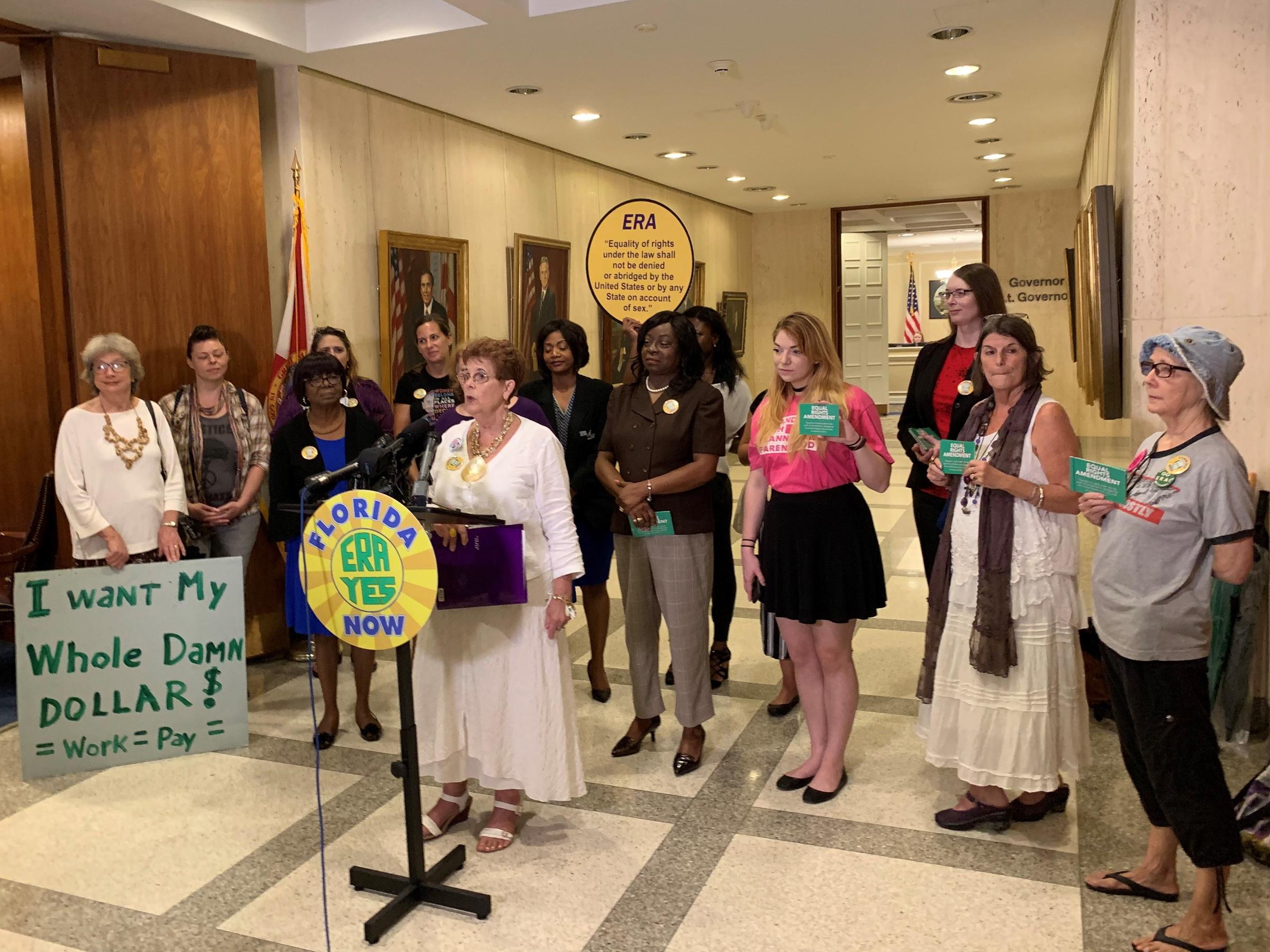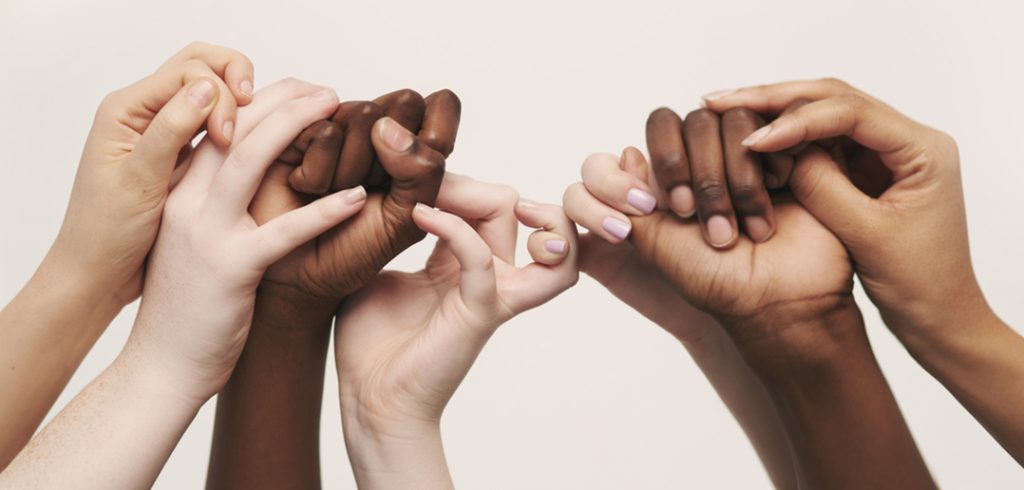

Actress Alyssa Milano, center, standing behind the Fearless Girl statue, speaks in favor of the adoption of the Equal Rights Amendment to the Constitution at a news conference June 4, 2018, in New York. The ratification vote came after a record number of women were elected to Virginia state office in November 2018.īella Abzug, center in hat, holds up her ERA sign during a demonstration on New York's Fifth Avenue on Aug. 27, Virginia became the 38th state to ratify, jump-starting the conversation again for the amendment's inclusion in the Constitution almost 50 years after it was defeated. Recently, 10 of the states that didn't ratify introduced ERA bills in their legislatures: In 2017, Nevada became the 36th state to ratify the ERA, and in 2018, Illinois became the 37th. and began to make aspects of the law shift in a transformative way,” Siegel said.

“Although the ERA was not made part of the official text of the Constitution, the mobilization for its recognition profoundly altered the understanding of both public and private actors all around the U.S. Photo: Steve Helber, AP, Illustration: USA TODAY Network

Hala Ayala, D-Prince William, background, celebrate the passage of the Equal Rights Amendment at the state Capitol on Jan. Jennifer Carroll Foy holds her son, Alex, as she and Del. The 14th Amendment was ratified after the Civil War to address race discrimination, and it has been applied to sex discrimination only since 1971.ĭel. America," which feminist leader and ERA advocate Gloria Steinem criticized as being inaccurate.)Īlthough Congress voted to extend the original March 1979 deadline to June 30, 1982, no other state voted yes before that date, and the ERA was pushed to the back burner.Ĭritics of the ERA argue it is no different from the 14th Amendment of the Constitution, which says no state shall deny to any person within its jurisdiction the equal protection of the laws.
#Constitutional equality series#
(The ERA fight was portrayed in the 2020 Hulu series "Mrs. Schlafly formed the group Stop ERA, which aimed to halt the amendment's ratification. One of the ERA’s major opponents was Phyllis Schlafly, who expressed her disdain for the amendment, which she saw as an attack on women, families, homemakers and morality. Its defeat was due in part to the work of conservative women, who shunned the ERA and the women’s liberation movement. The ERA received approval in only 35 states by that date. To be added to the Constitution, it needed approval by legislatures in three-fourths – or 38 of the 50 – states by March 1979. Phyllis Schlafly spearheads a nationwide campaign to stop the Equal Rights Ammenment in January 1977. “As many voices in this centennial tell us, not all women actually succeeded in securing actual voting rights at the point of the 19th Amendment's ratification in 1920,” said Reva Siegel, a professor at Yale Law School. Despite that crucial victory, women’s rights advocates argued that women didn’t have equal rights under the law.

The women’s movement gained momentum in the early 20th century thanks to the ratification of women’s suffrage. Photos: Associated Press, Illustrations: USA TODAY Network Capitol on March 22, 2012, in Washington. RIGHT: A woman takes part in a rally to mark the 40th anniversary of congressional passage of the ERA outside the U.S. From left, Gloria Steinem, Dick Gregory, Betty Friedan, Rep. LEFT: Supporters of the Equal Rights Amendment march in Washington in 1978, urging Congress to extend the time for ratification of the ERA. A woman takes part in a rally to mark the 40th anniversary of congressional passage of the ERA outside the U.S. Supporters of the Equal Rights Amendment march in Washington in 1978, urging Congress to extend the time for ratification of the ERA.


 0 kommentar(er)
0 kommentar(er)
